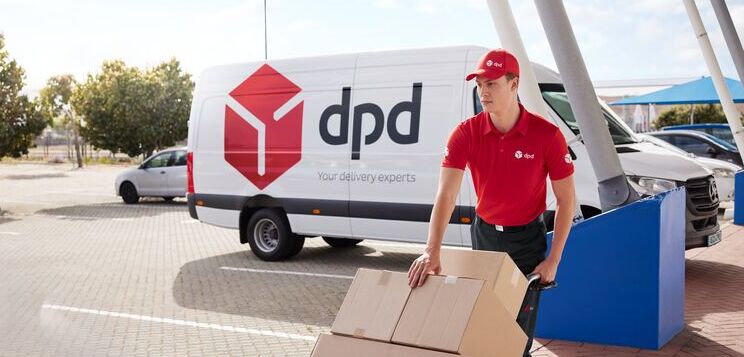5 Best Practices for Adopting Mathematical Optimization
Picture this: you’re an engineer working in the analytics center of excellence at a leading manufacturing company. A production manager in your company comes to you with a problem. Critical machines on different plants need maintenance. They don’t know when to schedule these maintenance tasks, given that they face several constraints. They want to mitigate any interruptions to the production schedule and find the best time for service engineers to complete the task. These engineers service multiple locations throughout the company, so they need to consider their availability. Downtime costs your business millions, so your team must take that into account. On top of this, there are several customer orders that need to be fulfilled without delay.
What are the best time slots and how frequently do you need to schedule maintenance going forward to mitigate any issues? The production manager would like to be able to answer this question with an easy-to-use application. How do you meet their needs?
Enter mathematical optimization
Mathematical optimization, and specifically optimization modeling, is the ideal AI technique to answer this type of maintenance scheduling question. Mathematical optimization describes a business problem in mathematical formulas or equations. It symbolically describes the decisions you need to make, the restrictions you need to uphold and the relations between the two, in order to achieve a given objective. The description of such business logic is called a mathematical model.
Getting value out of mathematical optimization
Like any other AI model, mathematical models are only valuable if they deliver results for the business. In this case, your success would be determined by the production manager’s ability to avert downtime and ensure maximum equipment utilization to avoid service interruptions.
How can you develop this model quickly and ensure it is successfully adopted by your colleagues? Read on to get the top 5 best practices for success.
1. Consider the low code approach to develop and deploy the model at speed
Quick cycles in development, testing, and delivery are very important. A low-code platform like AIMMS can help you go from idea to prototype in hours. Extensive model diagnostics tools can help you debug and test the model quickly. With AIMMS, you can also build a web IU with extensive visualization features for end users, without programming code. This is drastically different compared to developing optimization models in Python, for instance. When you develop in Python, you have to build the UI separately and this can slow down your project considerably.
AIMMS also supports one-step deployment, without coding interfaces. You don’t need to worry about scaling and you are liberated from coding your own deployment setups. The beauty of this is that it’s also done in a secure way. So, you can share your model with end users quickly, in a controlled environment.
2. Involve your end users as fast as possible
Speaking of end users, it’s good to involve them in the project as early as possible. The business unit that will use the solution needs to be fully on board. They need to understand their role and the model’s output. Ultimately, they are the ones who will use the solution, so the sooner you get them involved, the better. Having an integrated environment where people can access the model securely, view the results in a UI, and provide feedback is very helpful. Your end users will need to analyze the plan and look at scenarios.
It’s also best practice to set clear priorities and realistic expectations. Having a perfect optimization app from the get-go is not always viable. Neither is developing a very large model that will take too long to run. Make development decisions based on your end user’s key needs. Identify where the value is. For instance, if you’re optimizing your warehouse locations, do you need to consider every single Stock Keeping Unit in your model or is an aggregation of SKUs enough? Commit to a degree of focus based on what you agree with your team.
3. Don’t let data quality be a showstopper
Companies sometimes refrain from using optimization because they are not data-ready. Data quality is critical and it can be a big source of tension in optimization projects. Yes, you do need good quality data to make informed decisions. But you shouldn’t always see data quality as a showstopper. In fact, an optimization project can sometimes help you see where your data is lacking and find improvement areas.
Some AIMMS customers have found it helpful to start optimization projects to see where their data quality falls short. This is because optimization does not need the same massive amounts of data compared to other AI techniques, like machine learning. What matters is accurately capturing your business logic in the model and validating the model with end users to find the gaps.
4. Consider security and integrations when you embark on the project
Security and integrations go hand in hand, and they are fundamental to any AI initiative that you’re looking to operationalize in the business. These are not areas modelers and data scientists typically focus on. Yet, you will need to consider integrations to work with up-to-date or even real-time data. You will also need to ensure that data is encrypted, at rest and in transit, and only accessible to a controlled number of people.
A platform like AIMMS offers many integration capabilities and security built-in. AIMMS is ISO 27001 certified. We use a continuous intrusion detection and automatic vulnerability scanning system. Our security specialists perform a periodic penetration test of our cloud platform as well.
5. Think of your model as a product, which you will need to improve and adapt as things change
Last, but certainly not least, an important best practice is to think of your model as a “product.” In other words, see it as a solution that will need regular maintenance and a roadmap for improvements. Otherwise, it might become outdated and pushed aside.
Your model will also require changes from time to time. For instance, the constraints in a production planning or logistics optimization model would need to be updated if there’s a factory shutdown or a road closure, as we saw during COVID-19.
Having this mindset of continuous improvement as you go into the project is important. Using a tool that helps you deliver ongoing quality assurance to prevent model degradation is helpful. Look for a platform that facilitates rapid cycles of development, testing, and deployment to make your apps successful.
Want to develop your own apps with a low-code optimization platform?
Read about AIMMS Development or learn more about the ModelOps approach to set your project up for success.





